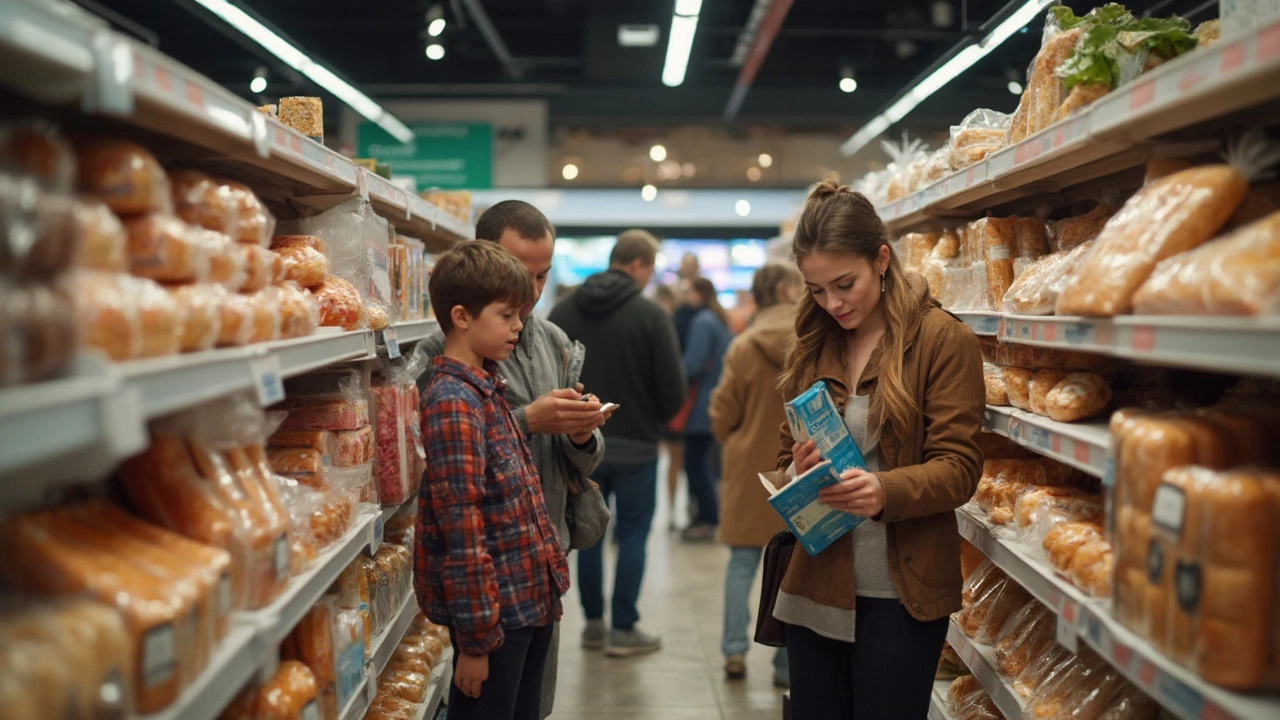
Why Is Celiac Disease So Common Now? Modern Causes, Trends, and Prevention
Why does celiac disease seem so much more common today? Explore the real factors, new trends, and what you can do to protect your gut health in 2025.
If you have celiac disease, every bite matters. One hidden grain can turn a tasty moment into a painful flare‑up. The good news? You don’t have to give up desserts, breads, or even brownies. With a few practical habits, you can keep your kitchen celiac‑friendly and still satisfy your sweet tooth.
First, understand what triggers the immune response. It’s not just wheat – barley, rye, spelt and any ingredient that contains gluten can cause trouble. Even oats can be a problem unless they’re labeled certified gluten‑free. Knowing the list helps you read labels faster and avoid accidental exposure.
Even if you use gluten‑free flour, sharing tools with a regular flour can spoil everything. Keep a separate set of mixing bowls, spatulas, and measuring cups for gluten‑free recipes. If you share a toaster, use a dedicated gluten‑free slot or toast bread in a pan. Wipe down countertops, and consider a dedicated cutting board for gluten‑free prep.
When you bake, use parchment paper or silicone mats instead of greasing a tray that has hosted gluten‑laden dough. This extra step stops crumbs from lingering and keeps your brownies or cookies safe.
Not all gluten‑free flours behave the same. A blend of rice flour, potato starch, and tapioca works well for light cakes. For chewy brownies, add a bit of almond flour for moisture and flavor. Xantham gum or guar gum can replace gluten’s binding power – about a quarter teaspoon per cup of flour is enough.
Look for products that carry the “Certified Gluten‑Free” seal. This means they’ve been tested for less than 20 ppm of gluten, the level most celiac‑aware people can tolerate. Brands like Schär, Bob’s Red Mill, and King Arthur have reliable lines for flour, mixes, and even chocolate chips.
When you need a chocolate base, check the label. Some cocoa powders are processed on equipment that also handles wheat. Opt for a clearly labeled gluten‑free cocoa to avoid hidden gluten.
Storing your gluten‑free goodies matters too. Keep finished treats in airtight containers and label them. If you live with non‑celiac family members, a simple “GF” sticker prevents mix‑ups.
Finally, don’t forget to enjoy the variety of celiac‑friendly desserts out there. From vegan brownies to oat‑free cookies, the options keep expanding. Try a batch of gluten‑free macaron shells – they’re a fun challenge and prove that “no gluten” doesn’t mean “no fun.”
With these straightforward steps, you can protect your health while still indulging in the sweet treats you love. Remember, the key is clear labeling, separate tools, and the right flour blend. Happy, safe baking!

Why does celiac disease seem so much more common today? Explore the real factors, new trends, and what you can do to protect your gut health in 2025.